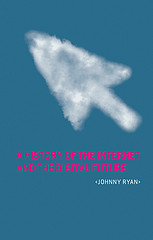
Did you know that Raleigh, N.C. had the highest rate of population growth in the last decade of any large metropolitan area?
Metropolitan population growth is just one of more than a thousand topics addressed in the U.S. Census Bureau's Statistical Abstract of the United States: 2011. The Abstract is perennially the federal government's best-selling reference book. When it was first published in 1878, the nation had only 38 states, people usually got around using a horse and buggy, Miami and Las Vegas did not yet exist, and Franklin D. Roosevelt had yet to be born. The Abstract has been published nearly every year since then.
Contained in the 130th edition are 1,407 tables of social, political and economic facts that collectively describe the state of our nation and the world. Included this year are 65 new tables, covering topics such as insufficient rest or sleep, nursing home occupancy, homeschooling, earthquakes, U.S. Border Patrol apprehensions, organic farmland, honey bee colonies, crashes involving distracted drivers and cities with the highest transit savings.
The statistics come not only from the Census Bureau but also from other governmental agencies and private organizations. The data generally represent the most recent year or period available by summer 2010. Most are national-level data, but some tables present state- and even city- and metropolitan-level data as well.
Source: U.S. Census Bureau
+ Thanks to those posting to the ResourceShelf Twitter feed

 Working for change: Samasource redefines international aid
Working for change: Samasource redefines international aid 







